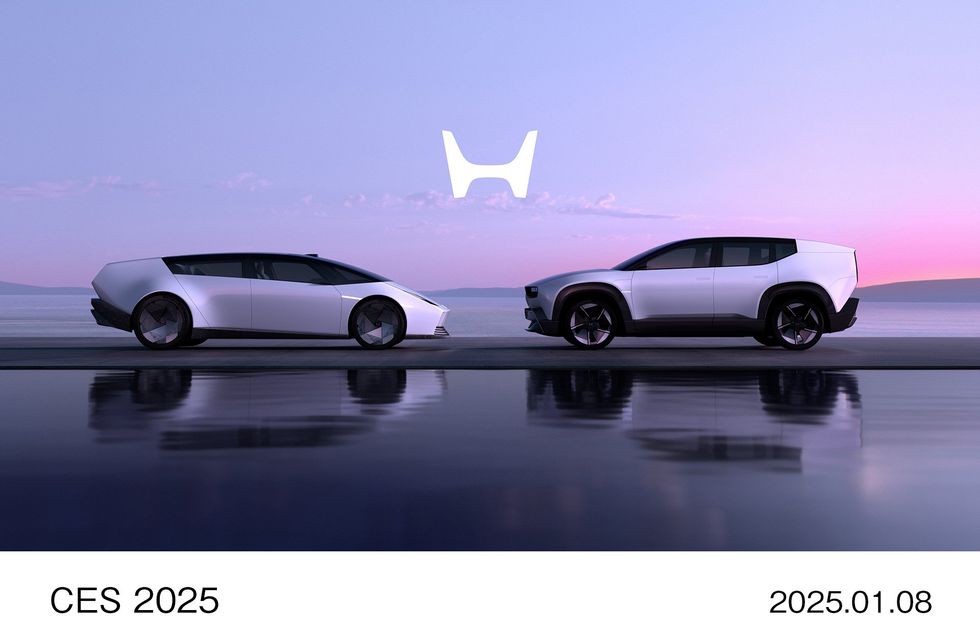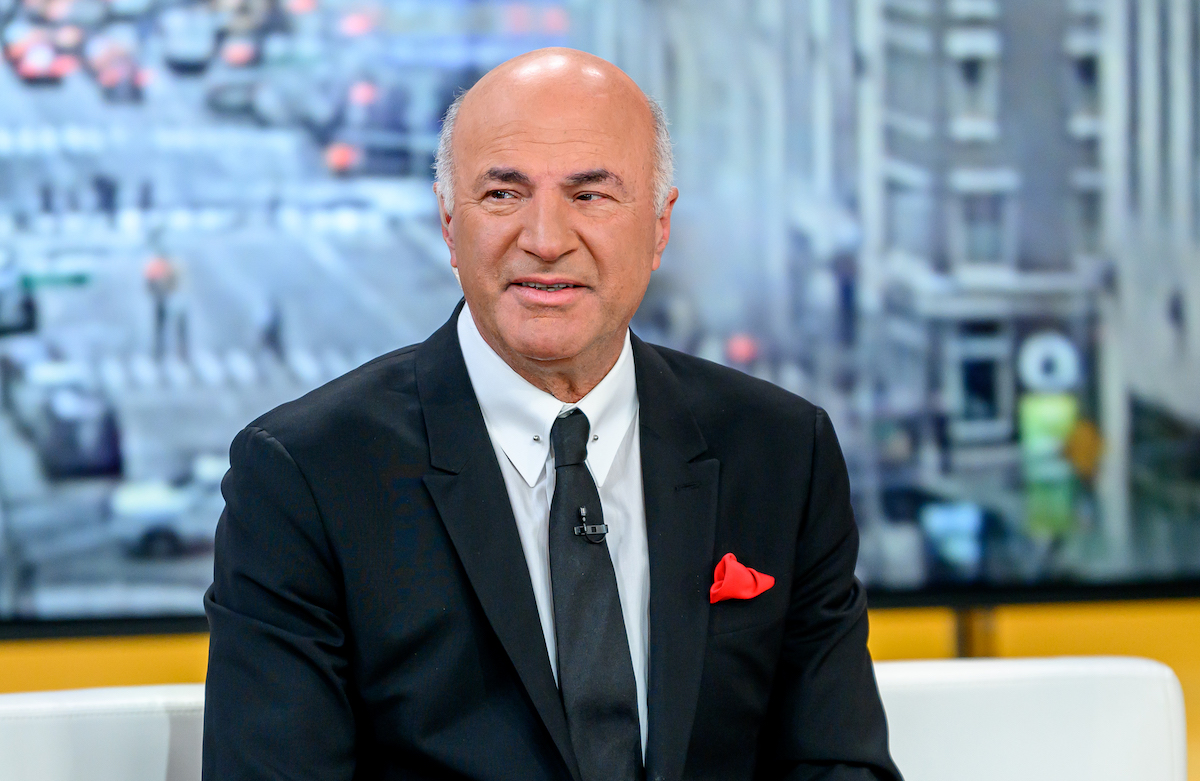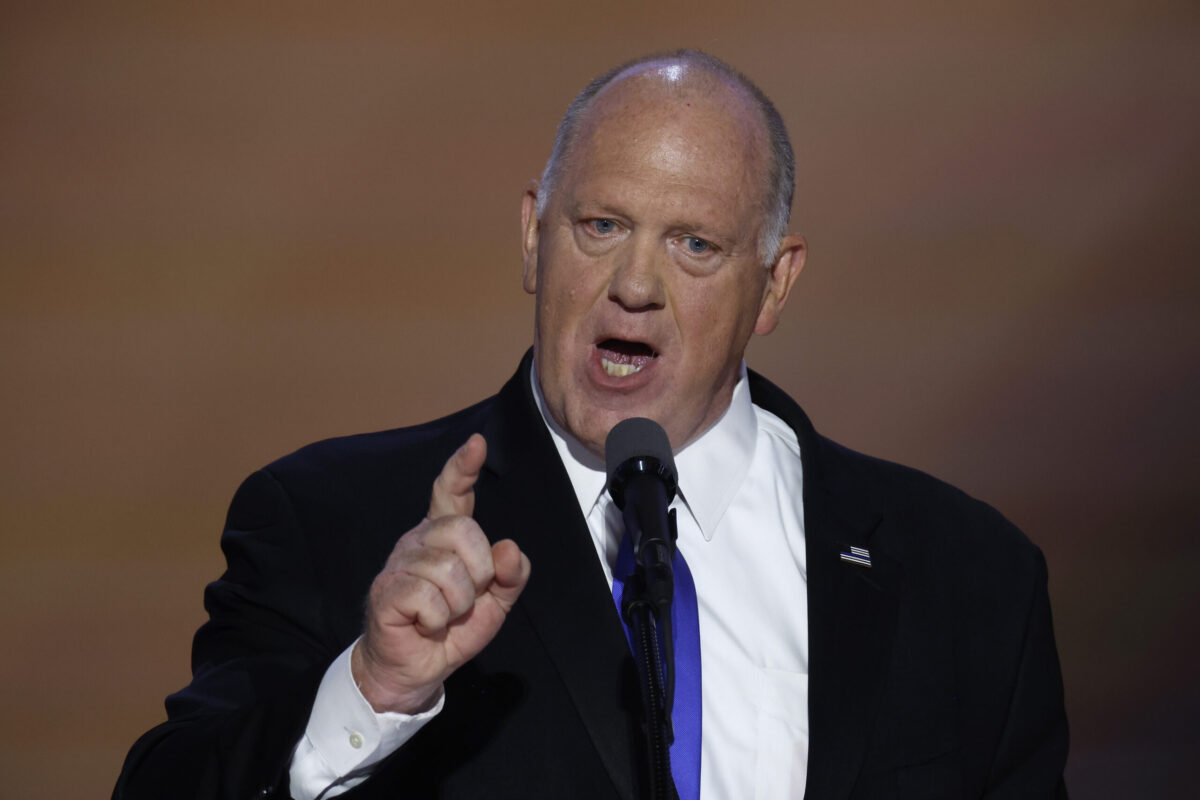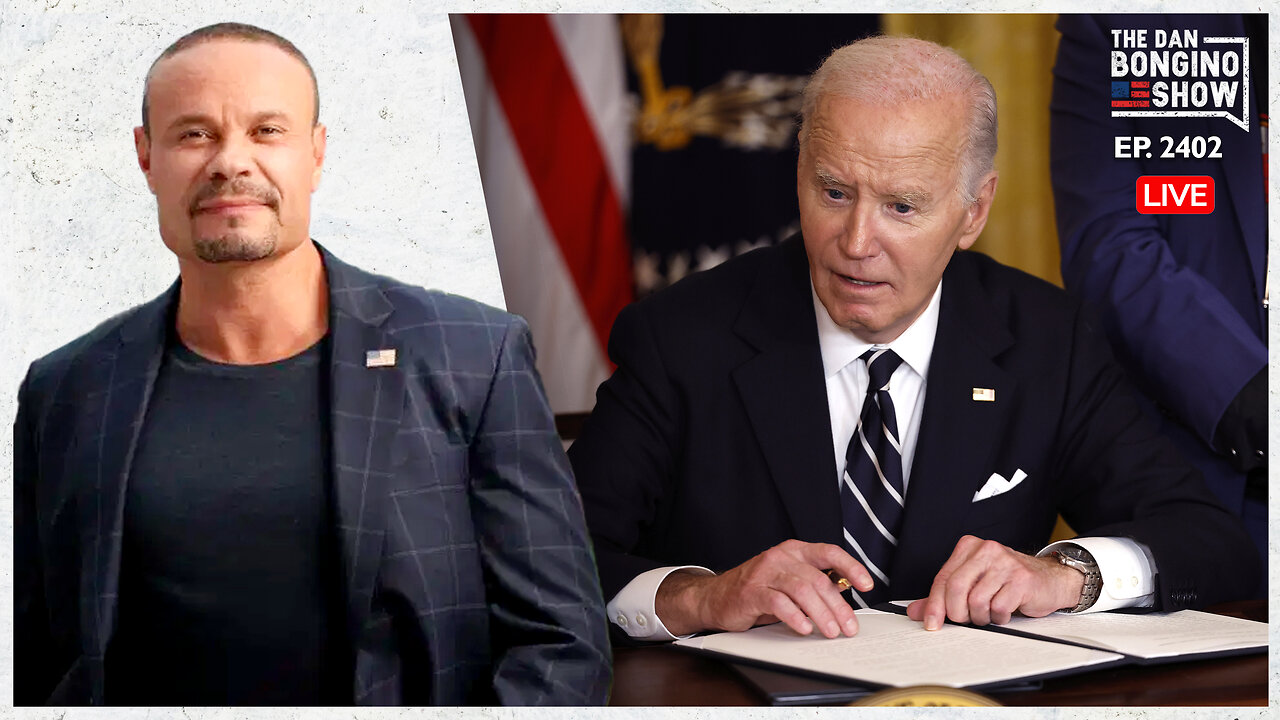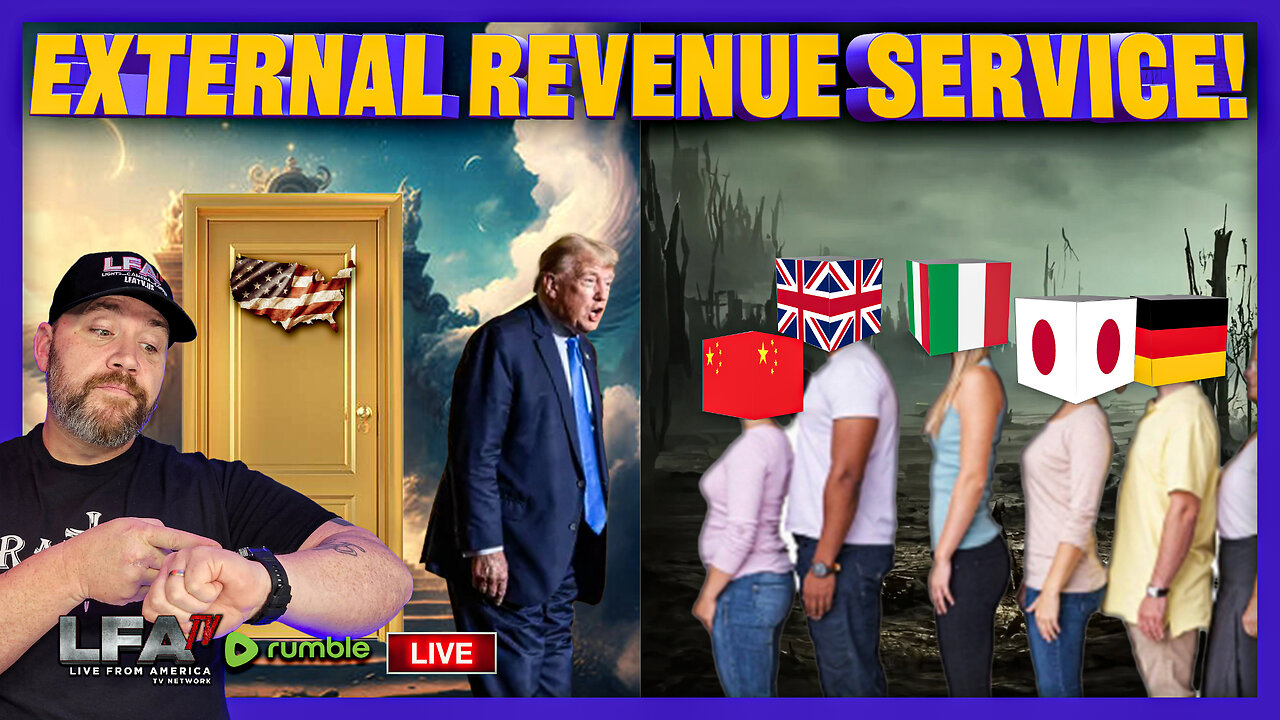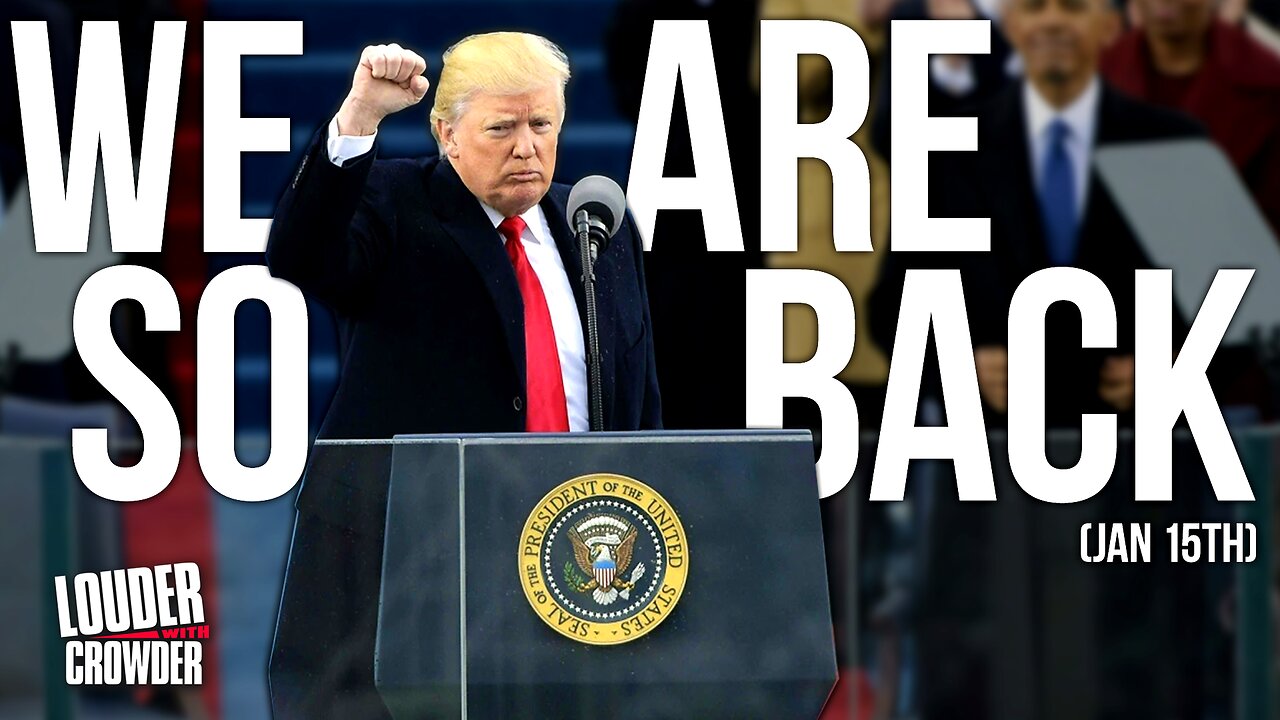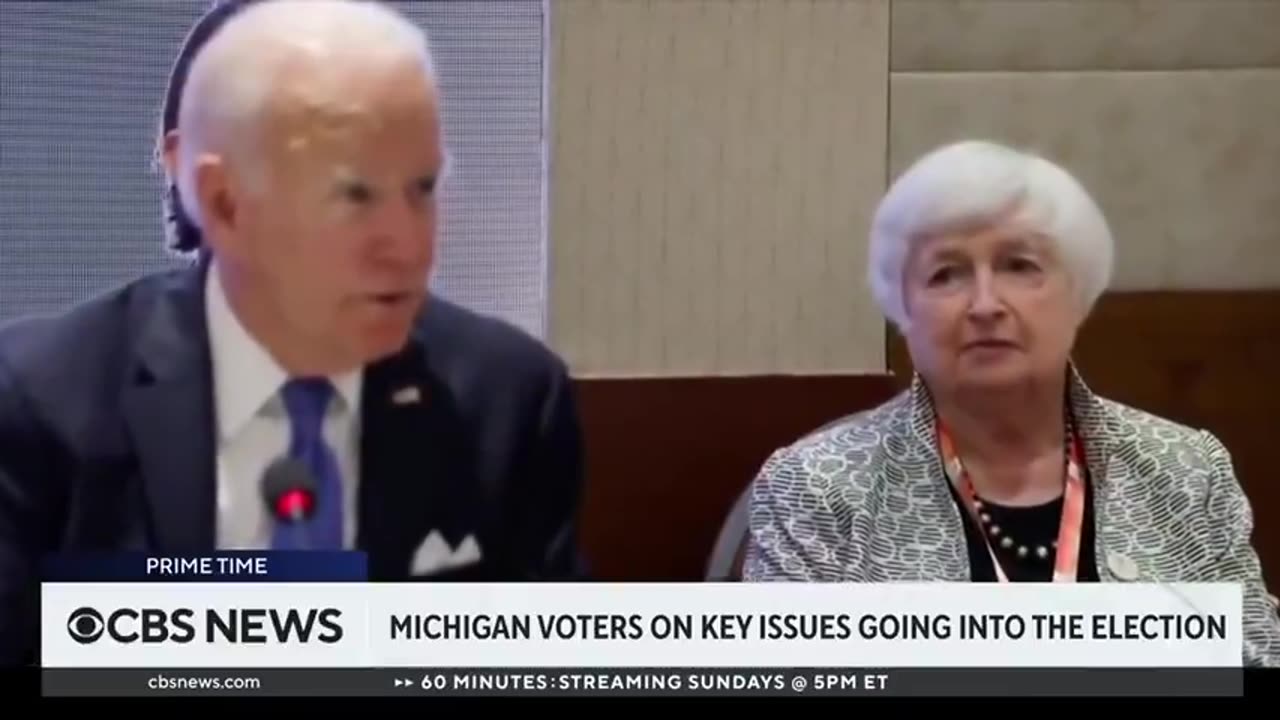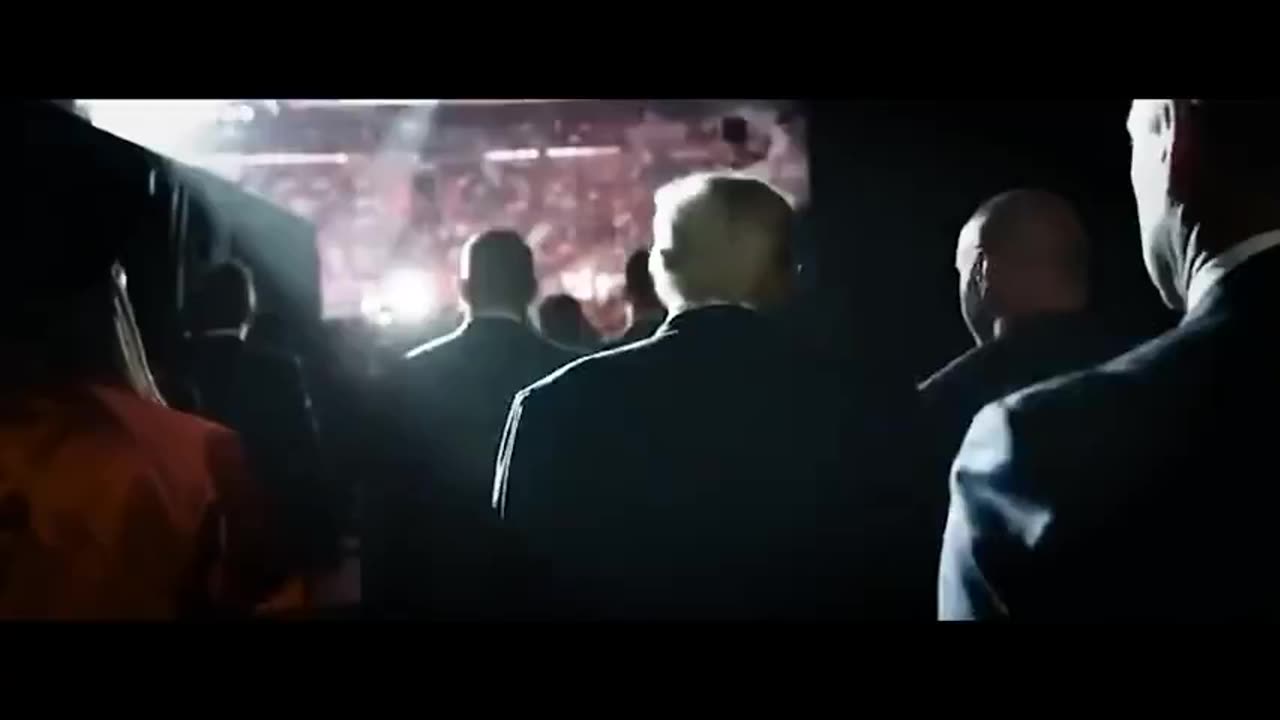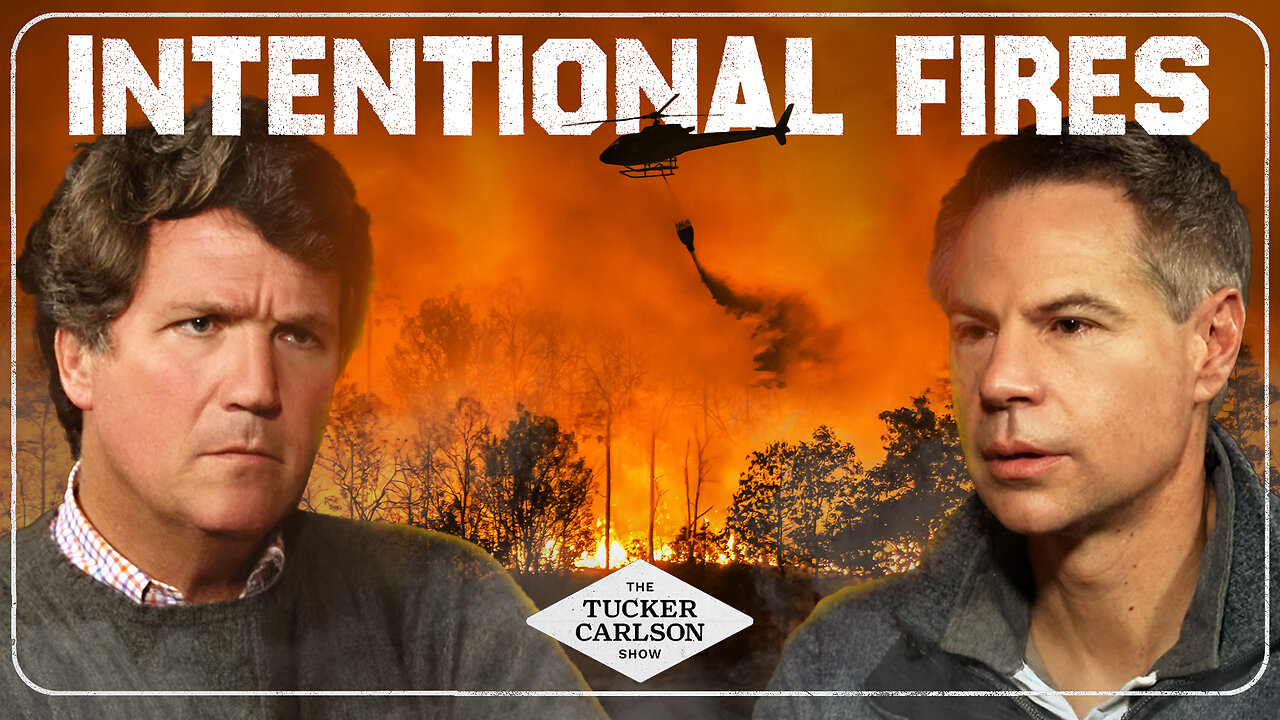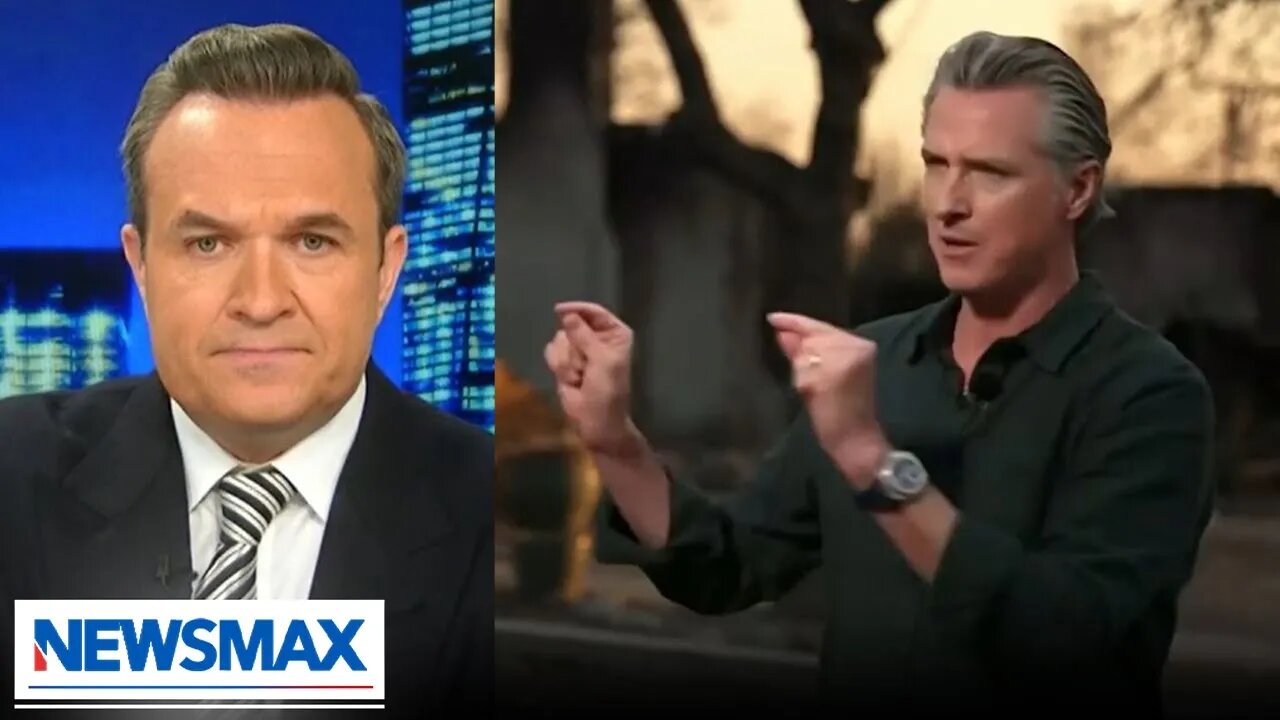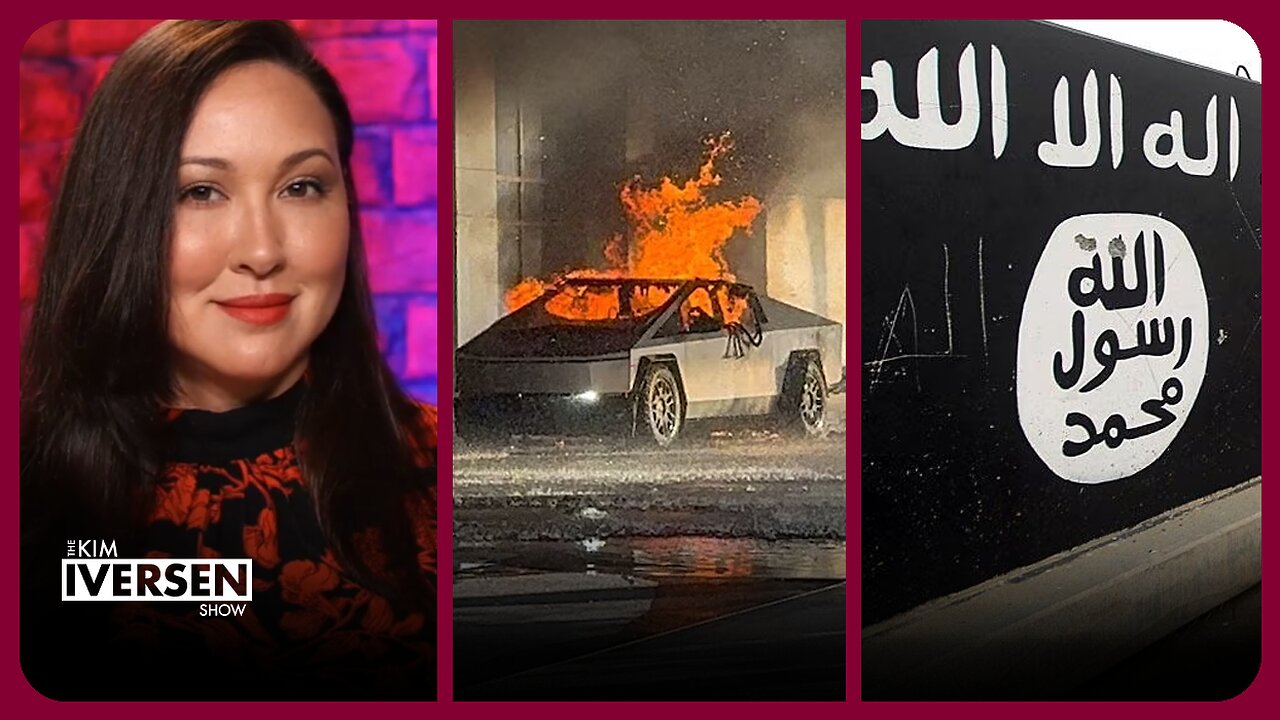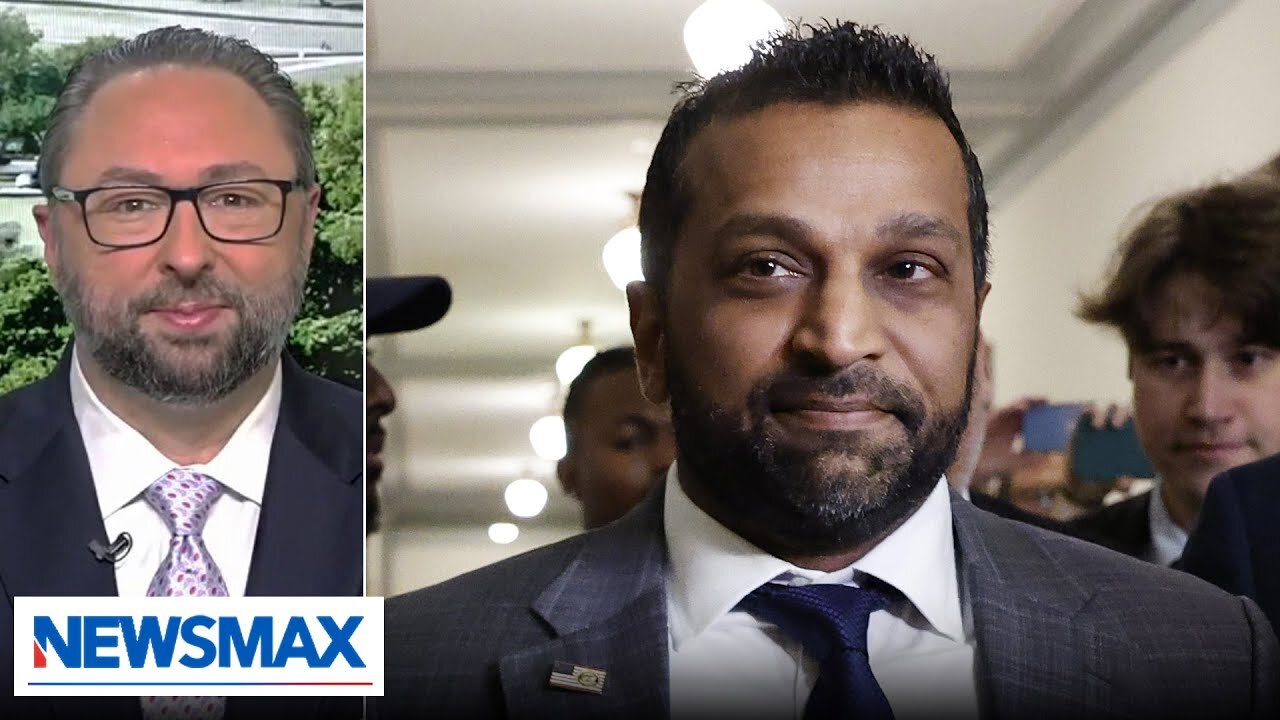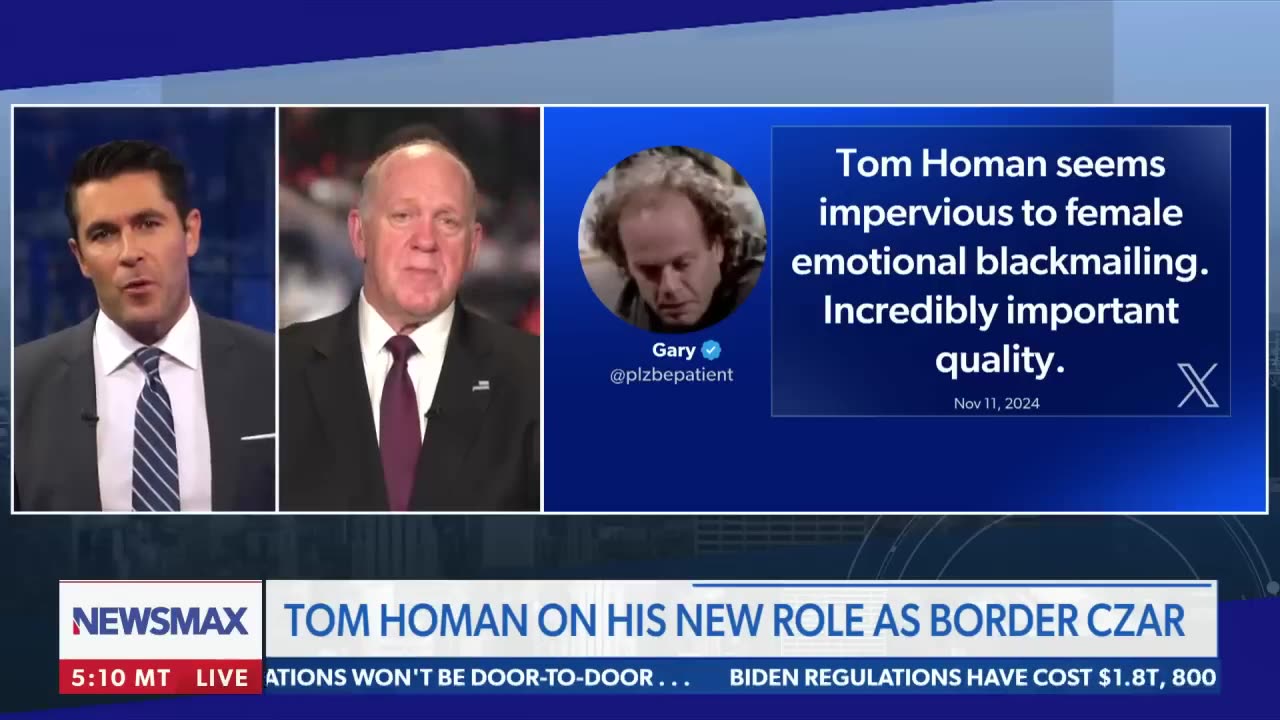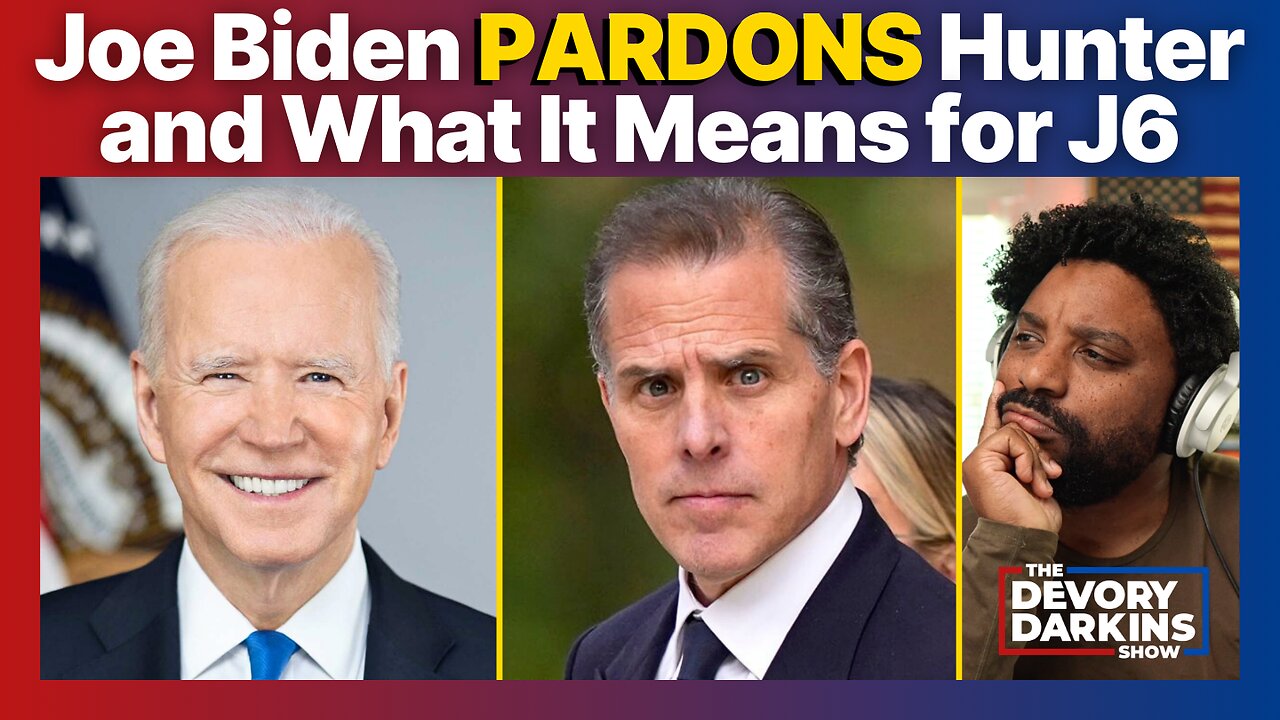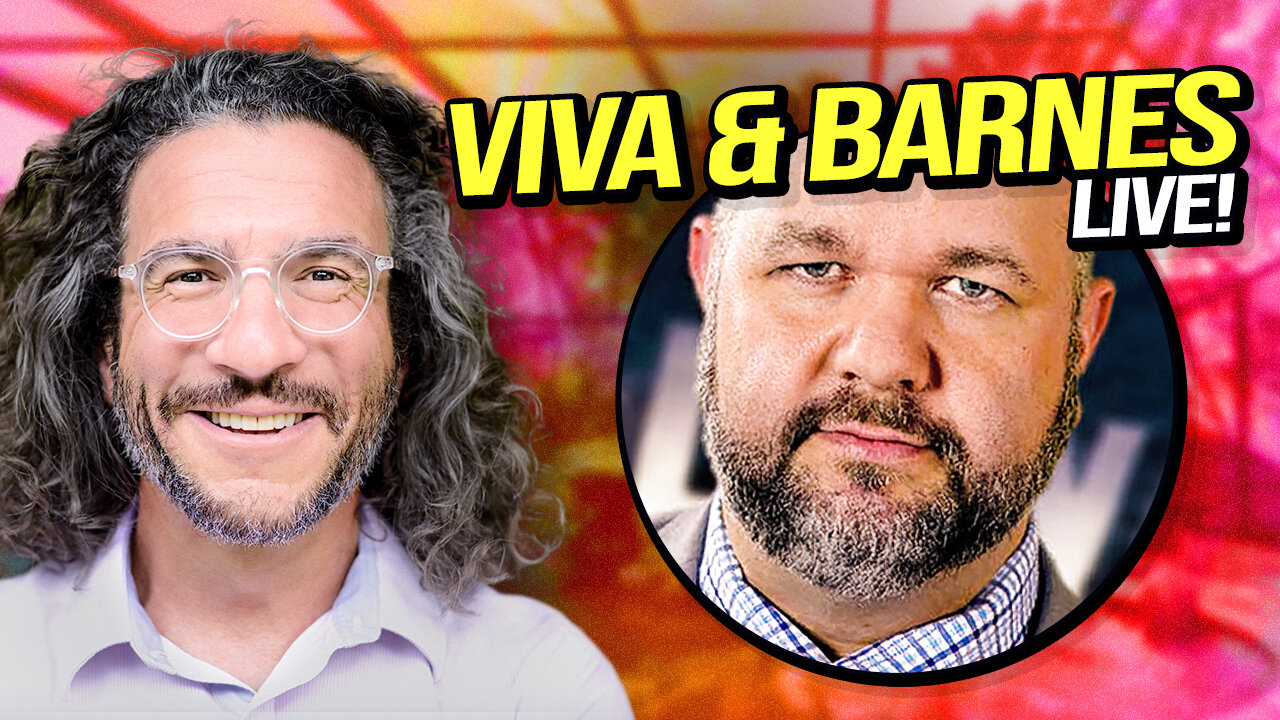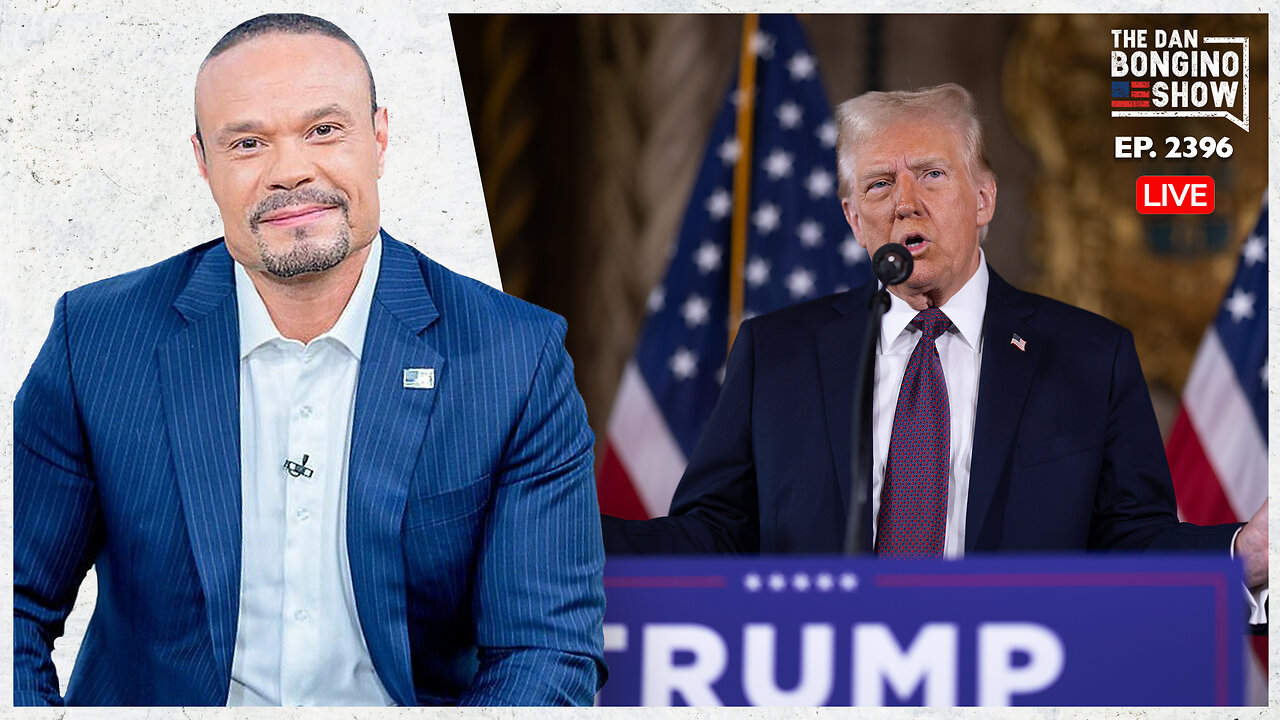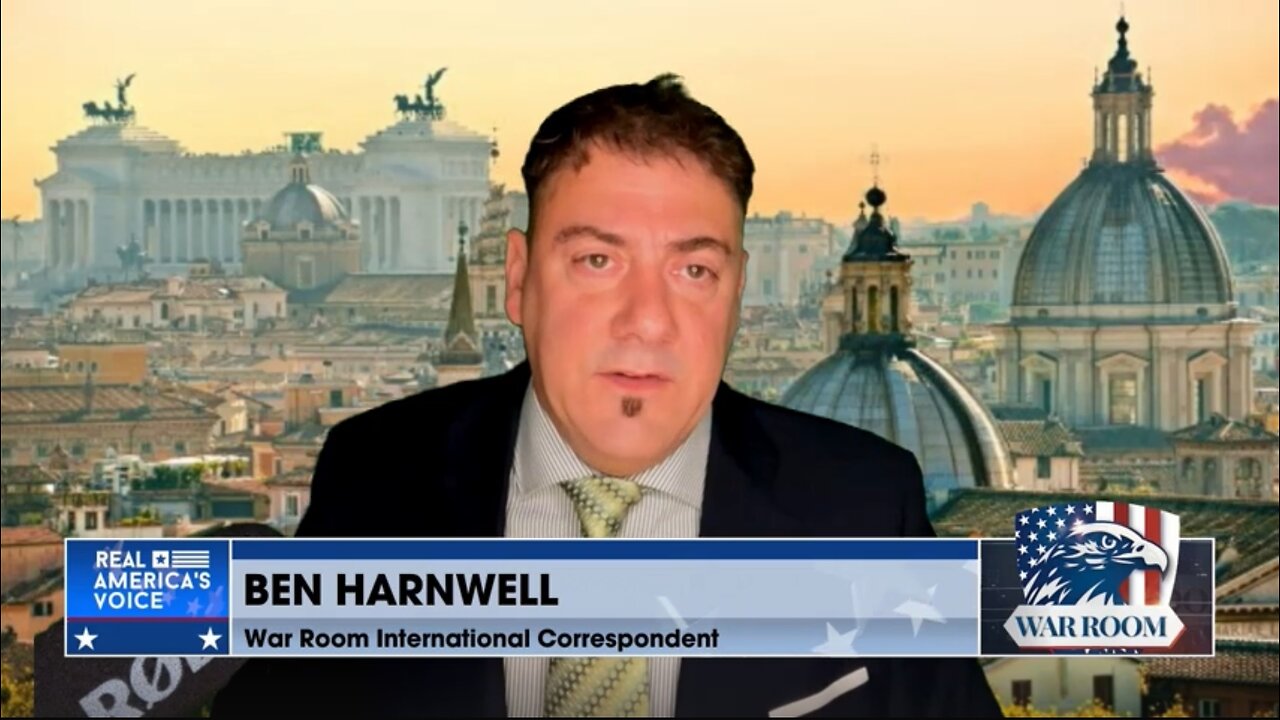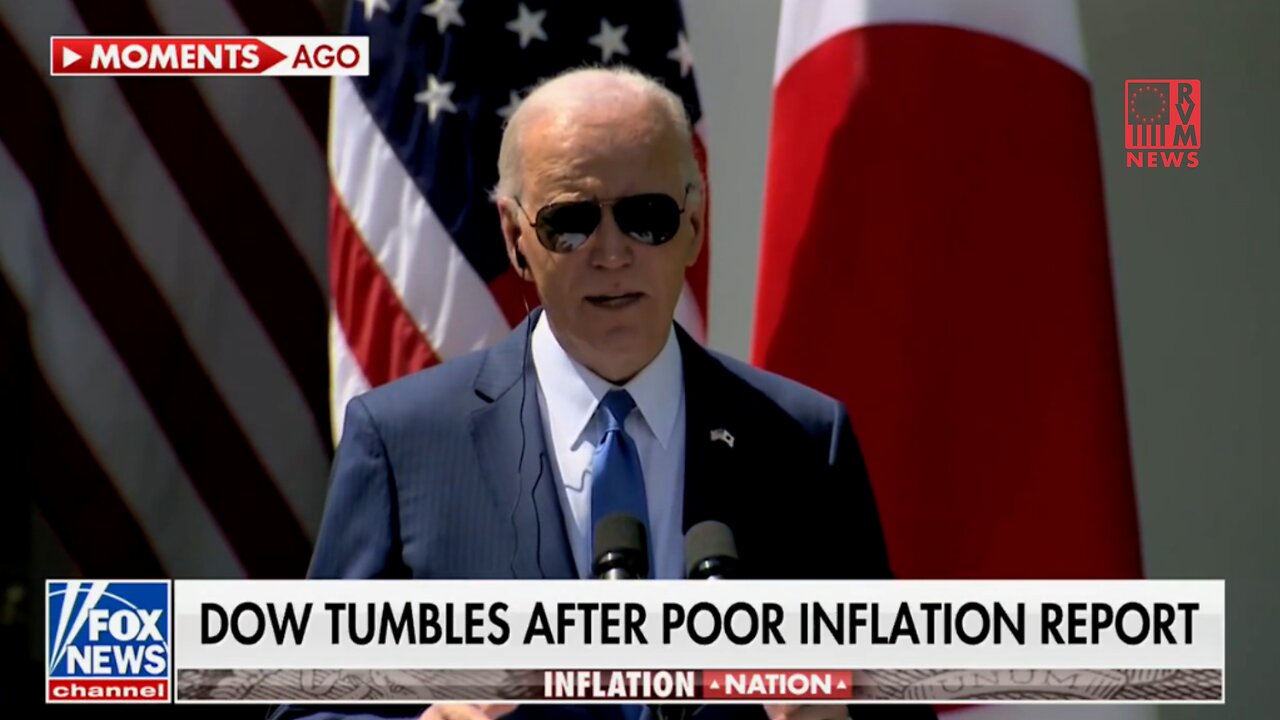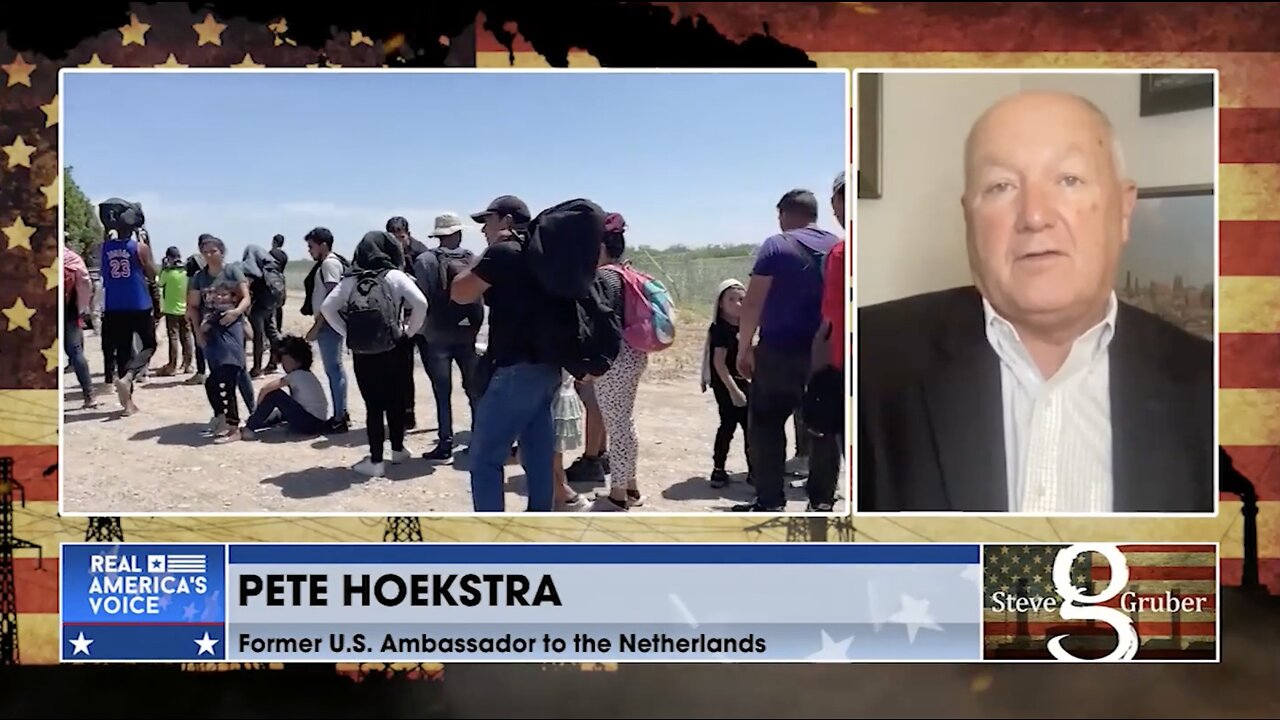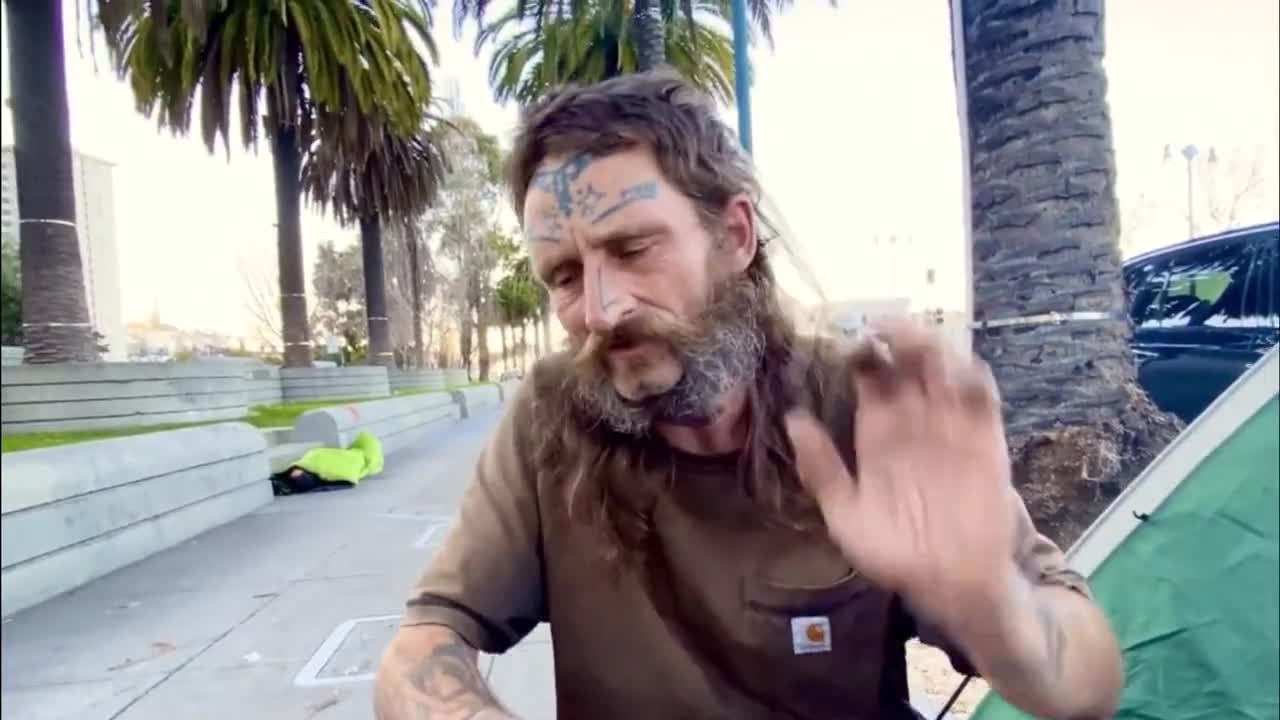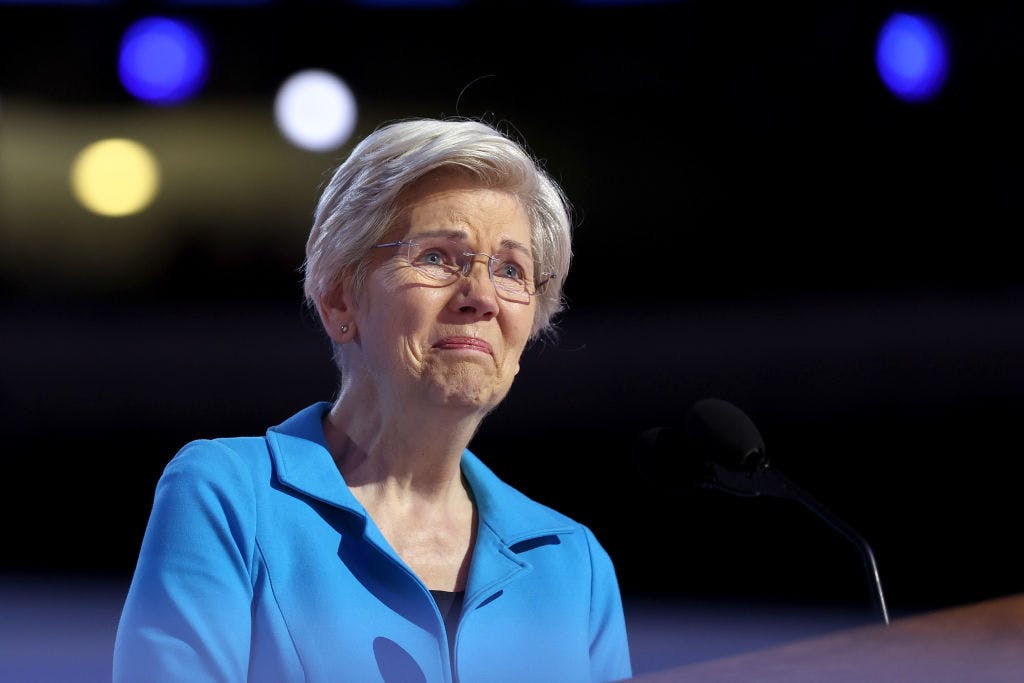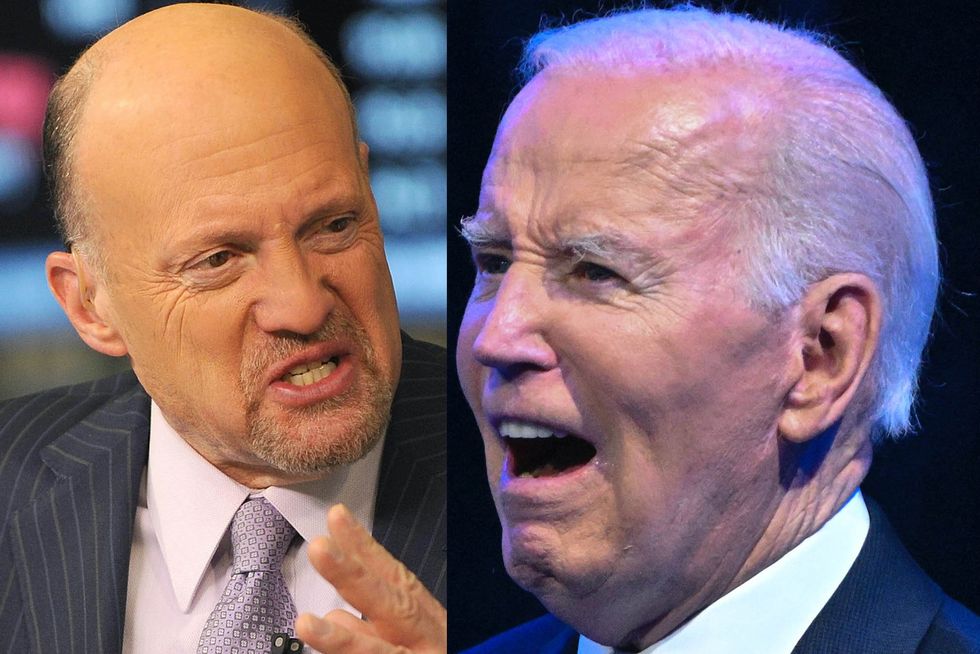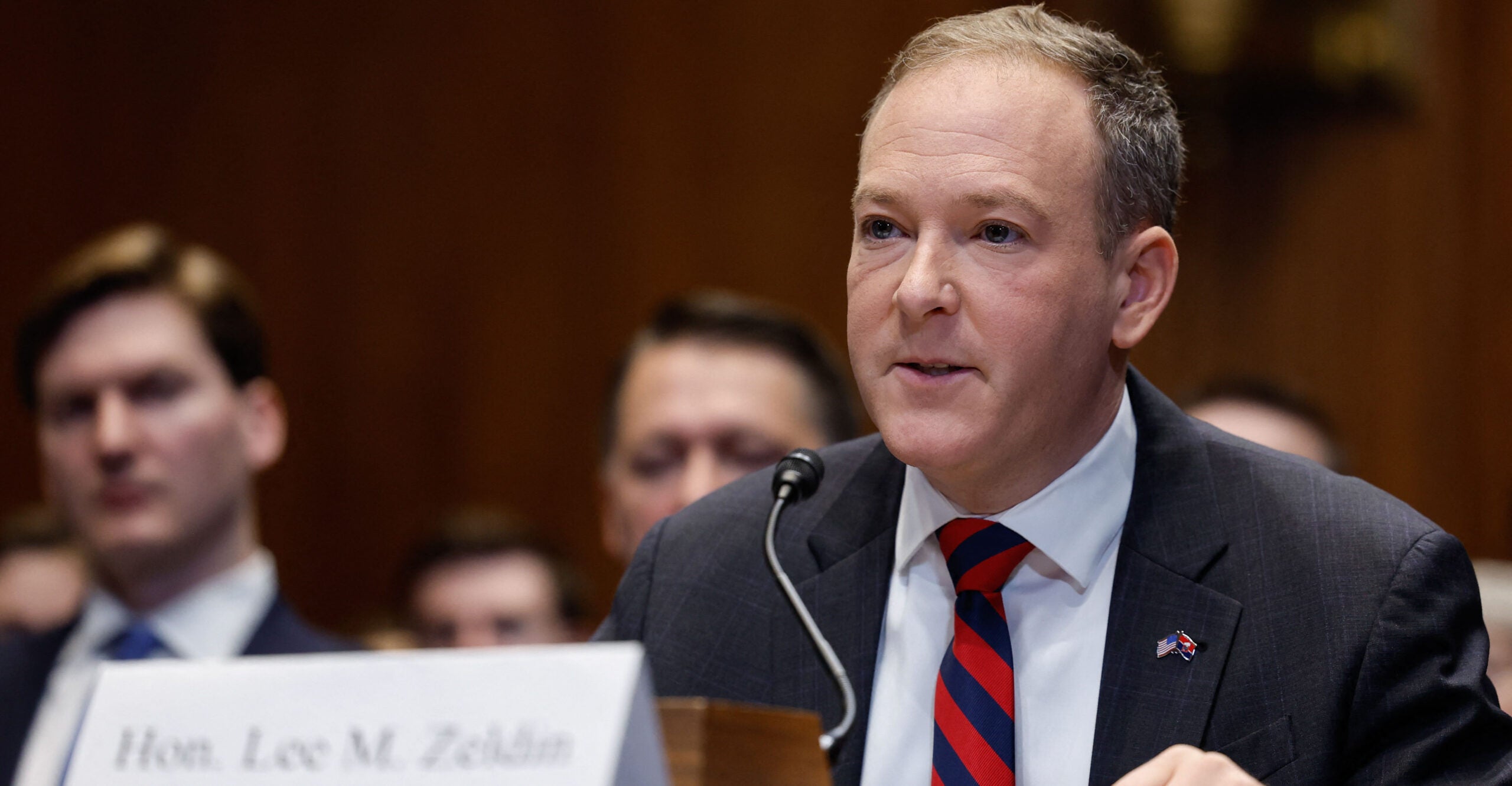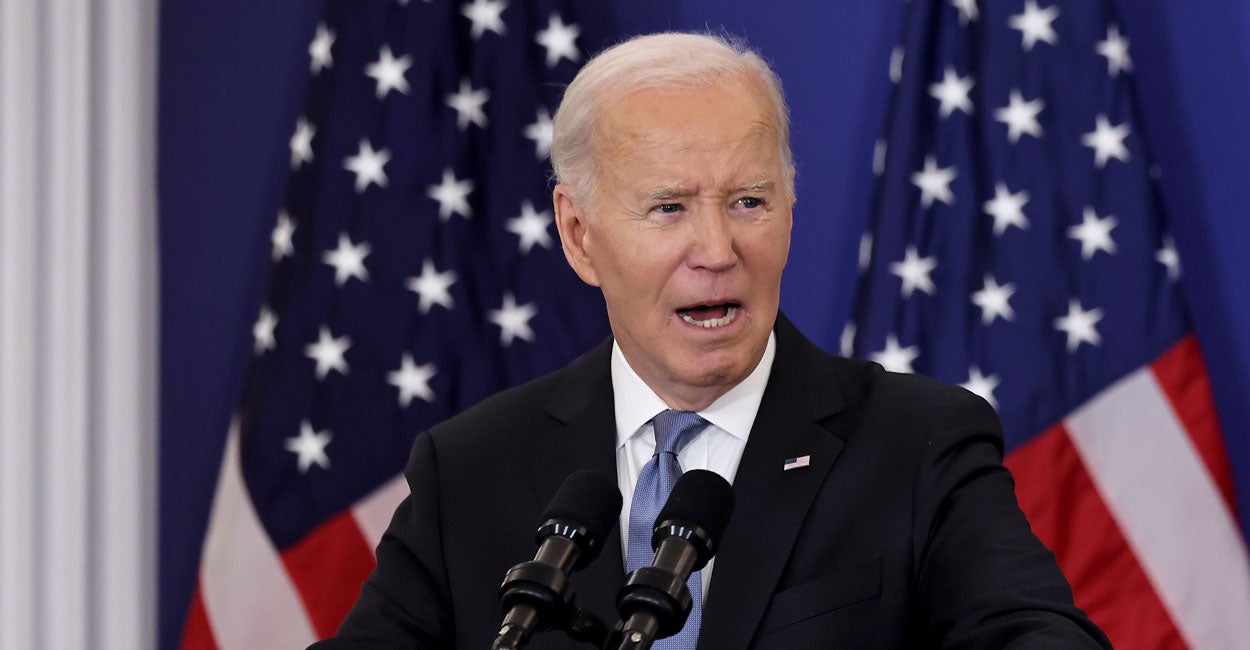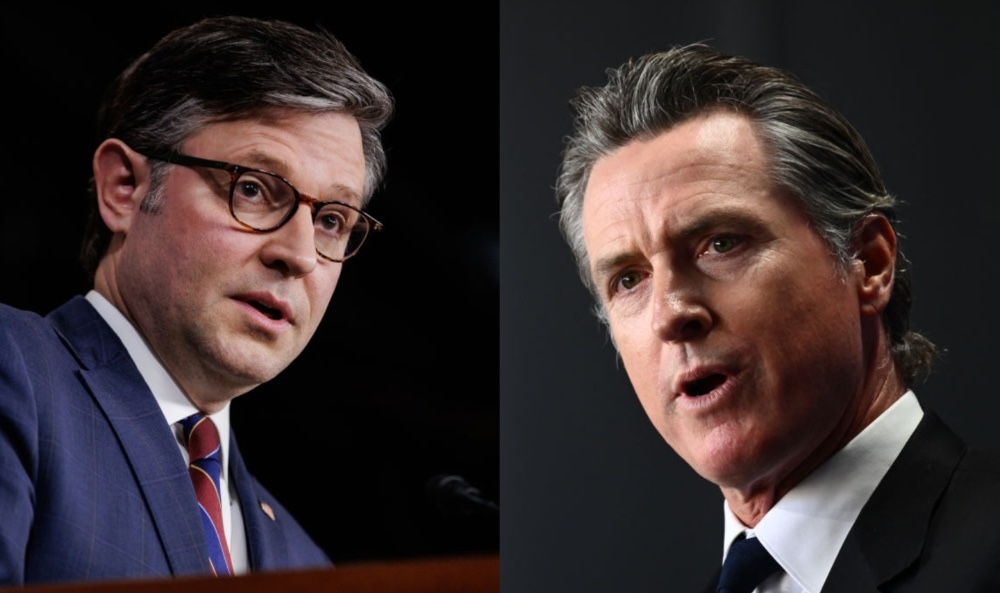The Great Replacement is real — and happening to Ireland
The Great Replacement theory is often dismissed as a tinfoil-hat-wearing fever dream, a fringe notion that only the most paranoid could entertain. Yet in Ireland, it is playing out in real time, driven by policies that explicitly aim to replace the native population with an influx of foreign-born residents.As an Irishman, I write this with a mixture of anger and absolute sadness. A truly wonderful country full of truly wonderful people is being destroyed, and the elites are enjoying every second of it.Far from being a wild conspiracy, this demographic transformation is a stated goal of the Ireland 2040 plan, which seeks to integrate massive numbers of migrants into a small island nation, eroding its traditional identity and social fabric. The elites are giving the Irish a glimpse of their future, and it’s nothing short of grim.Critics, begone!Irish-born Canadian Stefan Molyneux — long ago unpersoned by the mainstream media for "white supremacy" and other offenses — tried to raise the alarm some five years ago, only to have YouTube promptly ban his video. It still survives in places online, allowing you to take in his calm, careful argument against the initiative ... if you dare. The rationale provided for the 2040 plan is riddled with fallacies. The supposed inevitability of a growing, diversifying population is nothing more than propaganda. Population growth is portrayed as an unstoppable force, akin to natural phenomena like aging or the changing of the seasons.In reality, this is a man-made phenomenon, a social construct pretending to be something organic. The Irish government’s claim that by 2040, the island will be home to millions more people, is treated as a foregone conclusion. But this outcome is far from inevitable. It is the direct consequence of policies that prioritize open borders and mass migration over the preservation of cultural identity and social cohesion. Yes, demographic decline is a concern. But who we're letting in is a far bigger concern. The government seems fixated on issues of quantity; elected leaders should instead be obsessing over the quality of people entering the land they are paid to protect.Selling a fantasyThe economic argument for mass immigration falls flat under scrutiny. Politicians sell the public on the fantasy that immigrants from the third world will seamlessly integrate, fill labor gaps, and support an aging population. However, this narrative ignores stark differences in academic qualifications, cultural practices, overall work ethic, and the fact that many struggle to speak basic English. Believing that large numbers of people from regions with vastly different cultural and economic backgrounds will immediately become tax-paying, productive members of society is not only unrealistic but delusional. Moreover, it’s dangerous. It creates a permanent underclass, with associated increases in crime and social unrest. It’s not about xenophobia or prejudice; it’s about recognizing that nature, evolution, and/or divine design have shaped different groups for different environments, much like how wolves and dogs have adapted to their specific habitats. An Aboriginal would struggle to adapt to life in a modern Western city just as much as an urbanite would fail to thrive in the harsh Australian outback.Just like the Biden administration, the Irish government uses deceptive language to mask its eagerness to embrace diversity at all costs. When officials speak of social cohesion and sustainability (a term that means everything and absolutely nothing), what they're really endorsing is a future where traditional Irish communities are replaced by multicultural enclaves. This transformation is being portrayed as something beyond the control of the people, an unavoidable reality of globalization. But history shows that immigration patterns can and have been controlled. Ireland existed for thousands of years without being swamped by third world migration. What has changed is not the inevitability of population growth but the willingness of the government to undermine its own culture in the name of diversity.Dublin or Durban?As Molyneux shows, the parallels with Africa serve to illustrate a number of important points. Moving people from the third world to first-world countries is not a solution; it is a transfer of problems from one region to another. The carbon footprint of a Somali arriving in Dublin skyrockets compared to what it would be if they stayed in their native village. The notion that immigration somehow benefits the environment is a clever bait-and-switch. It is a pernicious plan that sacrifices cultural preservation and social stability at the altar of radical egalitarianism.The Ireland 2040 document is filled with vague bureaucratic platitudes about sustainable growth, environmental management, and community development. Yet, nowhere in its many pages is there a real plan to preserve what makes Ireland unique. Instead, the plan involves diluting the native populati
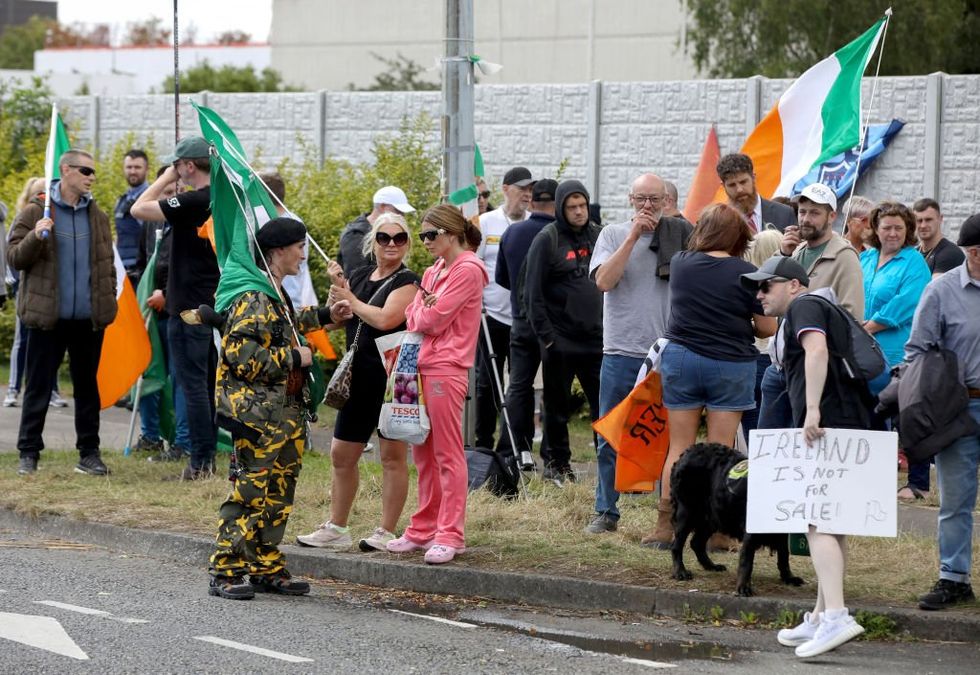

The Great Replacement theory is often dismissed as a tinfoil-hat-wearing fever dream, a fringe notion that only the most paranoid could entertain.
Yet in Ireland, it is playing out in real time, driven by policies that explicitly aim to replace the native population with an influx of foreign-born residents.
As an Irishman, I write this with a mixture of anger and absolute sadness. A truly wonderful country full of truly wonderful people is being destroyed, and the elites are enjoying every second of it.
Far from being a wild conspiracy, this demographic transformation is a stated goal of the Ireland 2040 plan, which seeks to integrate massive numbers of migrants into a small island nation, eroding its traditional identity and social fabric. The elites are giving the Irish a glimpse of their future, and it’s nothing short of grim.
Critics, begone!
Irish-born Canadian Stefan Molyneux — long ago unpersoned by the mainstream media for "white supremacy" and other offenses — tried to raise the alarm some five years ago, only to have YouTube promptly ban his video. It still survives in places online, allowing you to take in his calm, careful argument against the initiative ... if you dare.
The rationale provided for the 2040 plan is riddled with fallacies. The supposed inevitability of a growing, diversifying population is nothing more than propaganda. Population growth is portrayed as an unstoppable force, akin to natural phenomena like aging or the changing of the seasons.
In reality, this is a man-made phenomenon, a social construct pretending to be something organic. The Irish government’s claim that by 2040, the island will be home to millions more people, is treated as a foregone conclusion.
But this outcome is far from inevitable. It is the direct consequence of policies that prioritize open borders and mass migration over the preservation of cultural identity and social cohesion. Yes, demographic decline is a concern. But who we're letting in is a far bigger concern. The government seems fixated on issues of quantity; elected leaders should instead be obsessing over the quality of people entering the land they are paid to protect.
Selling a fantasy
The economic argument for mass immigration falls flat under scrutiny. Politicians sell the public on the fantasy that immigrants from the third world will seamlessly integrate, fill labor gaps, and support an aging population. However, this narrative ignores stark differences in academic qualifications, cultural practices, overall work ethic, and the fact that many struggle to speak basic English.
Believing that large numbers of people from regions with vastly different cultural and economic backgrounds will immediately become tax-paying, productive members of society is not only unrealistic but delusional. Moreover, it’s dangerous. It creates a permanent underclass, with associated increases in crime and social unrest.
It’s not about xenophobia or prejudice; it’s about recognizing that nature, evolution, and/or divine design have shaped different groups for different environments, much like how wolves and dogs have adapted to their specific habitats. An Aboriginal would struggle to adapt to life in a modern Western city just as much as an urbanite would fail to thrive in the harsh Australian outback.
Just like the Biden administration, the Irish government uses deceptive language to mask its eagerness to embrace diversity at all costs. When officials speak of social cohesion and sustainability (a term that means everything and absolutely nothing), what they're really endorsing is a future where traditional Irish communities are replaced by multicultural enclaves.
This transformation is being portrayed as something beyond the control of the people, an unavoidable reality of globalization. But history shows that immigration patterns can and have been controlled. Ireland existed for thousands of years without being swamped by third world migration. What has changed is not the inevitability of population growth but the willingness of the government to undermine its own culture in the name of diversity.
Dublin or Durban?
As Molyneux shows, the parallels with Africa serve to illustrate a number of important points. Moving people from the third world to first-world countries is not a solution; it is a transfer of problems from one region to another. The carbon footprint of a Somali arriving in Dublin skyrockets compared to what it would be if they stayed in their native village. The notion that immigration somehow benefits the environment is a clever bait-and-switch. It is a pernicious plan that sacrifices cultural preservation and social stability at the altar of radical egalitarianism.
The Ireland 2040 document is filled with vague bureaucratic platitudes about sustainable growth, environmental management, and community development. Yet, nowhere in its many pages is there a real plan to preserve what makes Ireland unique. Instead, the plan involves diluting the native population and creating a new society in which diversity is celebrated as an end in itself, regardless of the consequences. The influx of foreigners is not just a policy choice; it is a cultural bulldozer, demolishing centuries of history in a matter of decades.
Today, Ireland looks a lot like Africa. Literally. The streets of Dublin resemble the streets of Durban. The people are not being asked whether they want this; they are being told it is happening, whether they like it or not.
The dismissal of concerns about the loss of social cohesion as mere racism reveals the extent to which the discourse has been manipulated. True racism lies in the refusal to acknowledge the legitimate fears of those who see their communities transformed before their eyes. It lies in the sneering disregard for the cultural heritage of a people who fought for their independence, only to find it threatened again, this time not by foreign armies but by native-born lawmakers.
Godless globalism
Ireland does not need to become a multicultural experiment at the behest of an administrative aristocracy more interested in global accolades than in the welfare of its own citizens.
As an Irishman, I write this with a mixture of anger and absolute sadness. A truly wonderful country full of truly wonderful people is being destroyed, and the elites are enjoying every second of it. They’re dismantling what it means to be Irish, all for the approval of the beasts in Brussels, most of whom will will never set foot in the communities they’ve helped destroy.
This is not progress; it’s a betrayal. The Irish spirit — once fierce, unbreakable — is being suffocated under the weight of policies designed to strip it bare. We are not just losing our identity; we are having it stolen from us, and those responsible are laughing as they do it. All the while, the Irish citizens — good, decent people like my mother and father — are left to watch in heartbreak as the country they cherished morphs into something truly horrific.
Originally Published at Daily Wire, World Net Daily, or The Blaze
What's Your Reaction?















